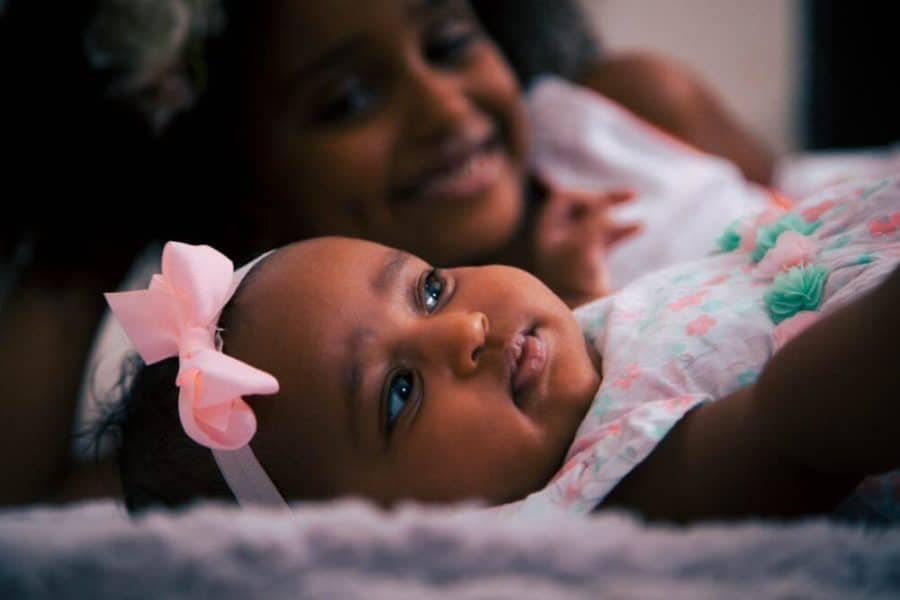A vaccine for the common and sometimes deadly RSV (respiratory syncytial virus) has been elusive, but scientists say a new discovery puts them much closer to success.
A new study from The Ohio State University provides a potential blueprint for finding the immunological sweet spot – a vaccine weak enough that it doesn’t make people sick but strong enough that it prompts an ample immune response, ensuring that the body will recognize RSV as an intruder in the future, and quickly mount a protective defense.
In a study published today (Oct. 9, 2019) in the journal Nature Communications, researchers report success in knocking out an epigenetic modification known as N6-methyladenosine in RSV RNA – a technique that proved to tamp down the virus and prompt a robust immune response in cotton rats.
“We now have a novel target to go after, and are working with industry toward a vaccine,” said the study’s senior author, Jianrong Li, an Ohio State professor of virology in the Department of Veterinary Biosciences.Using a technique called reverse genetics, Ohio State researchers generated RSV that is defective in N6-methyladenosine methylation – one of the most common modifications that our cells make to RNA.
“What makes this especially exciting is that using this modified virus in a vaccine is likely to enhance a person’s innate immune response, a challenge that has stood in the way of vaccine development in the past,” said Miaoge Xue, the study’s lead author and a graduate student in Li’s laboratory.
“This approach may also work for similar viruses, such human metapneumovirus and human parainfluenza virus 3,” said Xue, who recently presented these findings at the annual meeting of the American Society for Virology.
This discovery could also make vaccine production more economically feasible because it does not slow RSV growth in the lab – a critical step in vaccine production, said Li, who is also a member of Ohio State’s Infectious Disease Institute.
RSV is common, easily spread and usually causes mild, cold-like symptoms. But in severe cases – particularly in babies younger than a year and the elderly – it can be life-threatening. RSV kills about 14,000 older Americans every year, and it’s the top reason for pediatric hospitalizations most years.
“Worldwide, more than 80,000 kids die from these infections each year,” said study co-author Mark Peeples, a pediatrics professor at Ohio State and researcher at Nationwide Children’s Hospital in Columbus. “An effective and affordable vaccine could save tens of thousands of lives annually.”
The Bill & Melinda Gates Foundation is supporting work to develop a vaccine that could be given to pregnant mothers who, in turn, produce antibodies and pass them to their fetus before birth to prevent RSV in infancy. But by 6 months of age, that protection would fade, leaving the young child vulnerable again, Peeples said.
“A vaccine based on this new study would be given to a baby at around that time, to stimulate the baby’s immune system so that the baby’s body can produce its own antibodies and T cells the next winter so they won’t get sick if they’re infected with RSV,” Peeples said.
Li said his technique also leaves the virus genetically stable, meaning that a live, attenuated (weakened) RSV with these mutations could not revert back to a stronger virus and wreak havoc in the human body.
It’s an important concern, considering the long and rocky quest for an RSV vaccine. In the 1960s, an experimental “killed virus” vaccine was tested in children and unexpectedly increased the chances of hospitalization when they were later infected with RSV. Since then, research has focused on a live, attenuated vaccine. But creating a vaccine that is genetically stable and has the right balance of safety and protection has been challenging.
“RSV was isolated within a year of when measles virus was isolated, back in the 1950s. Within nine years, we had a vaccine for measles and 60 years later, we still don’t have one for RSV, but this study puts us closer,” Peeples said.
Other Ohio State researchers who worked on the study include Mijia Lu, Olivia Harder, Anzhong Li, Yuanmei Ma, Xueya Liang and Stefan Niewiesk.
The National Institutes of Health supported the study.


